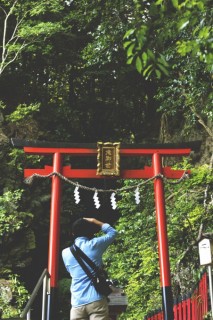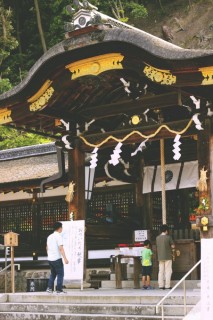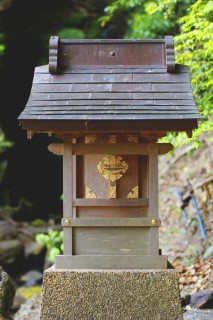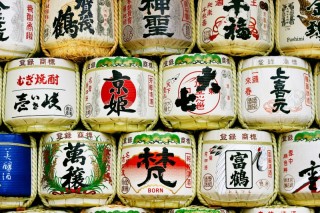Loading
Search
▼ Matsuo Taisha
- Category:Shrine and Temple
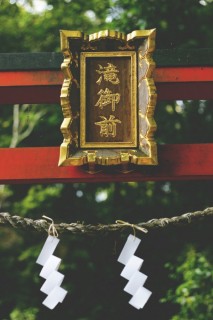
JAPAN TRAVEL
Off The Beaten Path
Kyoto is filled with an overwhelming amount of history, culture and of course temples and shrines. Many are World Heritage Sites, recognized across the world as important pieces of culture that deserve further upkeep, respect and attention. To the unfamiliar visitor, the choices of where to go in the time you have can be a little daunting. However, if you ever find yourself in the Western area of Kyoto, perhaps to see the famous ‘Golden Temple’ Kinkaku-ji or the equally iconic ‘Bamboo Forest’ Arashiyama, try heading down a little south to see Matsuo Taisha.
Built in the year 701 A.D. (almost 100 years before the founding of Kyoto) this temple is nestled away in the Western boundaries of the city.
Founded by the Hata Clan, who also founded the famous Fushimi Inari Shrine, were known for bringing sake brewing techniques to Japan from Korea. Appropriately, this shrine has deep connections with sake brewing, and like most large shrines, you can see colorfully designed stacks of sake barrels displayed in the open. There is a sacred well in the shrine known for its pure and clean water, which brewers still take from today. Sake brewers put the water into their sake because they adore the deities of shrine, but also they believe the sake will not go bad. Visitors as well as locals sometimes arrive with empty water bottles and leaving with a collection of the pure, famed water.
The temple has a bit more to offer than the more frequented or popular areas and is certainly less crowded. On the grounds there are three landscape gardens designed by Mirei Shigemori. Considered some of the most impressive modern gardens in Japan, they exhibit ancient style, Kamakura era style and Heian era style gardening. The ancient era style, Iwakura Garden was made to be a spiritual place for the god of Mt. Matsuo. The Kamakura era style, Horai Garden holds more abstract meaning, but meant to convey the image of an otherworldly place where people do not grow old or pass away. Lastly, the Heian era style, Kyokusui Garden is the most famous, and have a unique and simple color scheme and design. A water channel curves throughout the garden and different colored stone lie within it.
A theme within the temple is the use and worship of turtles! When you first enter the shrine grounds where you customarily rinse your hands and mouth, the fountain is a brass turtle and turtle imagery can be found elsewhere as well. The sacred well, ‘Kame no I’ also has a turtle shaped fountain head, and the water is famous for longevity and revival. Behind this well is a very small shrine for a waterfall, dedicated to the pure water and turtles that used to popularly inhabit the area.
On the grounds is also (Sake-no-Shiryokan) Museum of Sake, where you can see the tools used for brewing sake, donated by local brewers and learn about the tradition and history of sake. Admission to the museum is free, but to see the gardens is ¥500.
If you ride the Hankyu Railway Line, you can get off Matsuo station, how convenient! This temple is truly fantastic and certainly off the beaten path. You will have the opportunity to really connect with a local history and countrywide tradition and even just witness the beauty of the beautifully upheld buildings.
If you ride the Hankyu Railway Line, you can get off Matsuo station, how convenient! This temple is truly fantastic and certainly off the beaten path. You will have the opportunity to really connect with a local history and countrywide tradition and even just witness the beauty of the beautifully upheld buildings.
- June 18, 2016
- Comment (0)
- Trackback(0)


